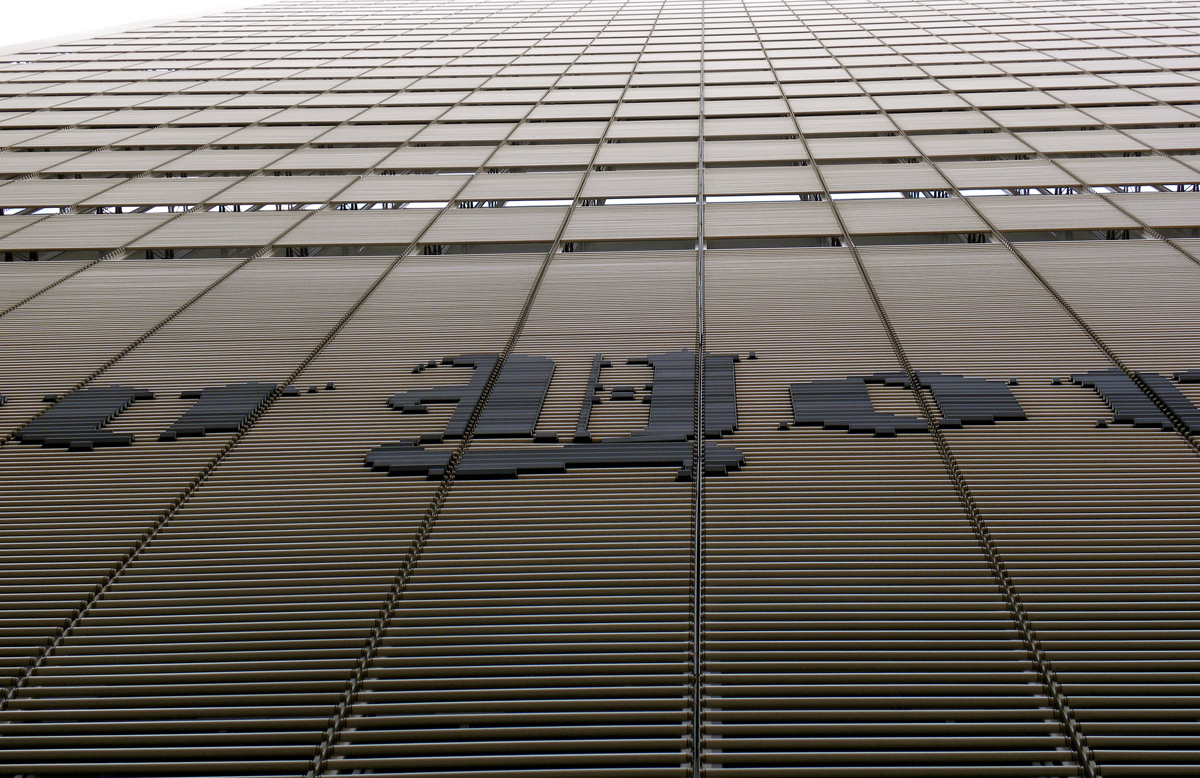In the four months since The New York Times laid out a new policy curbing the use of anonymous sources, use of anonymity by the newspaper is down about 30 percent.
In addition, rules set forth in March that require anonymous sources to be approved by newsroom leaders have spurred “greater awareness of the issue,” according to Liz Spayd, The Times’ new public editor, who quoted standards editor Phil Corbett on her blog:
In the four months since we laid out the new policies, we’ve seen a measurable drop in the prevalence of anonymous sourcing. (Precise numbers are hard to nail down, but our estimate would be in the range of a 30 percent decrease.) That’s good news, since one goal of the new guidelines was to raise the bar overall on the use of such sourcing.
Use of faceless sources in The New York Times was a favorite topic of Spayd’s predecessor, Margaret Sullivan, who introduced a regular feature to track such instances. During her tenure, Sullivan wrote several “Anonywatch” bulletins calling out blind quotes and information without complete attribution.
The paper finally rolled out new guidelines in March, after use of anonymous sources led to two high-profile errors in less than a year.
Among other things, the new guidelines stipulate that stories whose primary news element relies on anonymous sources must be run by the three top editors at The New York Times: Executive Editor Dean Baquet, Deputy Executive Editor Matt Purdy or Deputy Executive Editor Susan Chira.






